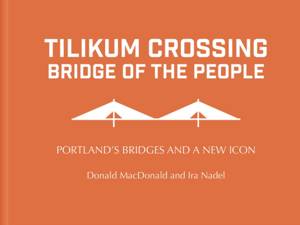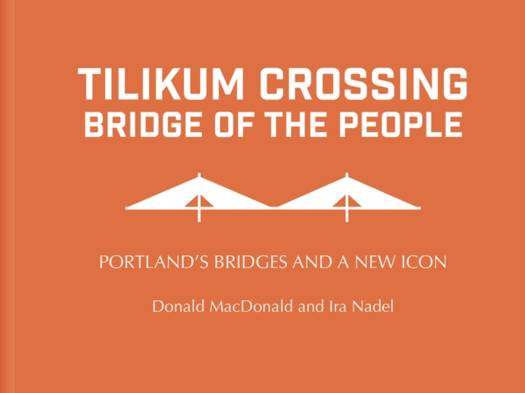
- Afhalen na 1 uur in een winkel met voorraad
- Gratis thuislevering in België vanaf € 30
- Ruim aanbod met 7 miljoen producten
- Afhalen na 1 uur in een winkel met voorraad
- Gratis thuislevering in België vanaf € 30
- Ruim aanbod met 7 miljoen producten
Zoeken
Tilikum Crossing: Bridge of the People
Portland's Bridges and a New Icon
Donald MacDonald
Hardcover | Engels
€ 22,45
+ 44 punten
Omschrijving
Portland, Oregon's innovative and distinctive landmark, Tilikum Crossing Bridge of the People, is the first major bridge in the U.S, carrying trains, busses, streetcars, bicycles, and pedestrians- but no private automobiles. When regional transportation agency TriMet began planning for the first bridge to be constructed across the Willamette River since 1973, the goal was to build a something symbolic, which would represent the progressive nature of the Twenty-First Century. In this book, MacDonald captures the story of an engaging public process that involved neighborhood associations, small businesses, environmentalists, biologists, bicycling enthusiasts, designers, engineers, and Portland City Council. The result - an entirely unique bridge that increased the transportation capacity of the city while enabling Portlanders to experience their urban home in an entirely new way--car-free. Written in a friendly voice, readers will learn how Portland came to be known as "The City of Bridges" and the home to this new icon in the city's landscape. MacDonald uses 98 of his own drawings to illustrate the history of Portland river crossings. Readers will take away a deeper understanding of how our public structures come to reflect a community.
Specificaties
Betrokkenen
- Auteur(s):
- Uitgeverij:
Inhoud
- Aantal bladzijden:
- 128
- Taal:
- Engels
Eigenschappen
- Productcode (EAN):
- 9780983491774
- Verschijningsdatum:
- 15/05/2018
- Uitvoering:
- Hardcover
- Formaat:
- Genaaid
- Afmetingen:
- 157 mm x 208 mm
- Gewicht:
- 453 g

Alleen bij Standaard Boekhandel
+ 44 punten op je klantenkaart van Standaard Boekhandel
Beoordelingen
We publiceren alleen reviews die voldoen aan de voorwaarden voor reviews. Bekijk onze voorwaarden voor reviews.











